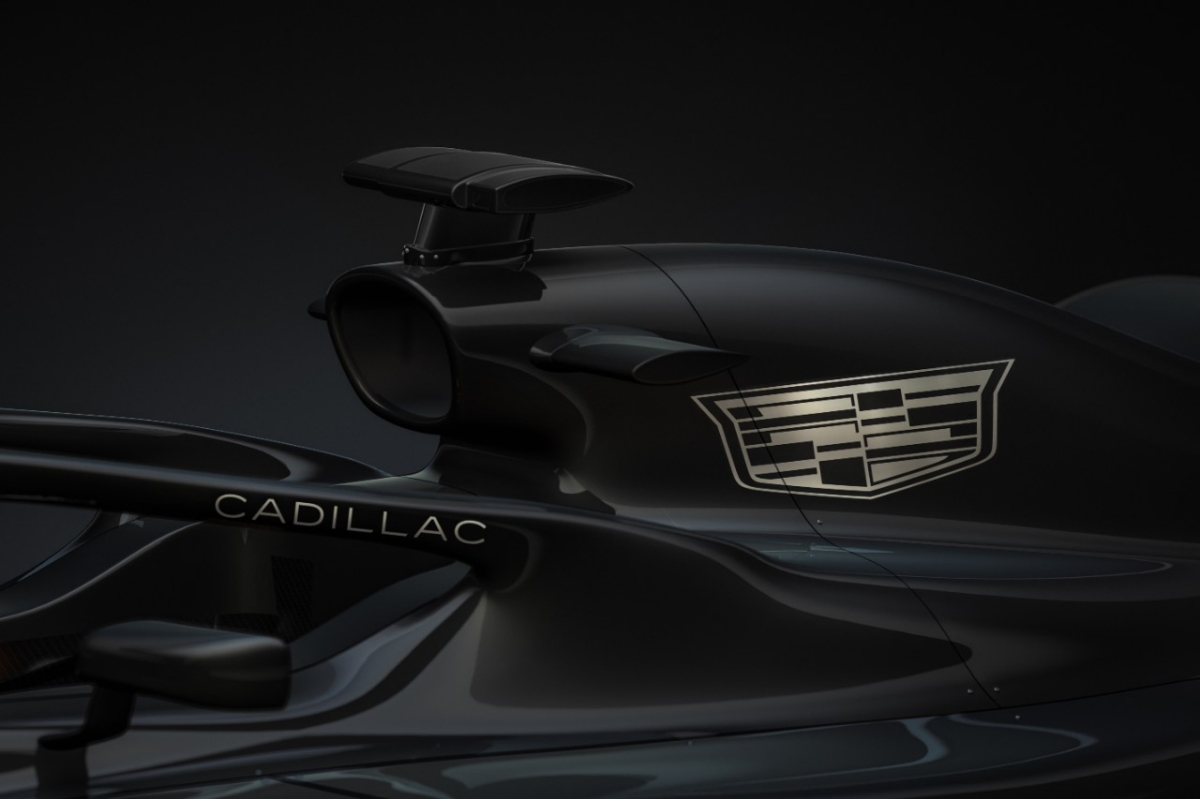Hi friends,
The pollen count is climbing, and with it my emergency stock of antihistamines. Good luck to my fellow hay-feverists out there.
Top Story of the Week: GM Locks in 2029 F1 Engine Debut, Right as the Rulebook May Flip
General Motors has nudged its Cadillac power-unit debut back a year, winning formal FIA approval to enter as an engine manufacturer in 2029 rather than 2028. The change looks modest, yet the new date happens to coincide with the season the FIA is openly exploring for a shift away from the turbo-hybrids toward a lighter, cheaper V8 or V10 engine running on fully sustainable fuel.
Publicly, GM says the extra 12 months will “accelerate” its programme; privately, the move spares them the eye-watering cost of designing a state-of-the-art hybrid that might be obsolete after just one season. The prospective 2029 formula—already discussed during the Bahrain summit and in the F1 Commission—would cut both weight and development spend by more than half and trim the battery contribution to a KERS-style 10 percent. If those rules land, GM begins on the spec it will actually race. If they don’t, it still has time to finish a conventional hybrid without missing the grid.
That calculus speaks less to political manoeuvring than to risk management. Every manufacturer knows the 2026 units are already running close to technical and financial red-lines, and no one wants to double their budgets just to tear everything up a season later. By slipping to 2029, Cadillac buys clarity: either the hybrid era survives intact and GM joins with a fully developed version, or the sport pivots to a different concept and GM avoids some of the development costs and gets a head start on the next formula.
The timing also casts fresh light on the FIA’s roadmap. If a heavyweight like General Motors is willing to pin its first F1 engine on 2029, the alternative-formula option is more than a bargaining chip. It is a serious, perhaps imminent, change. Whether GM knows more than they’re letting on or is simply reading the same tea leaves as the rest of the paddock, its decision underscores that cost certainty and rule stability are key issues to solve.
For Formula 1, the benefit is mutual. The governing body secures a marquee American engine partner while buying itself two seasons to prove (or fix) the 2026 engines. Cadillac, meanwhile, enters as either the first U.S.-built hybrid or the inaugural builder of the post-hybrid era.
GM’s deferment is less about delay than about hedging against a moving target. It signals that the real engine story is not what launches in 2026, but what survives into 2029, and that GM intends to be perfectly placed, whatever shape that future power unit takes.
The Rest of the Stories This Week
- End of stage interviews will return in WRC after the drivers and the FIA reached a compromise over the swearing regulations
- During the Saudi Arabian GP, the broadcast censored a radio message from Max Verstappen calling his penalty “really lovely”
- The F1 Commission met (again) to discuss the 2026 regulations: The 2026 engines aren’t going anywhere, but may yet be tweaked
- Toto Wolff on the proposed 2026 engine changes: “I really want to protect ourselves and make no comment – but it’s a joke.”
- Stefano Domenicali on teams pushing the boundaries of the technical regulations: “I feel today’s controversies are relatively minor. In fact, it’d be nice to have a bit more of that again – they’re the spice of the sport.”
- Mohammed Ben Sulayem has nominated Malcolm Wilson as the new FIA Deputy President for Sport
- An IndyCar race in Mexico is “very close”, could be as early as 2026
- Netflix will premiere a 7-part docuseries about the 2024 F1 Academy season on 28 May
- Neat Burger, which counts Lewis Hamilton among its investors, is closing its last two locations in the UK
That’s it for this week, thank you for being here.
If you want to support me, you can help fuel the snack addiction that powers me through compiling these lists and vetting the stories – you can do so on Buymeacoffee or Patreon.
